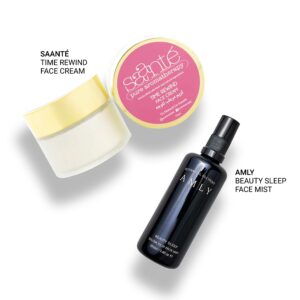Q&A With Jill Castle: Transitioning to Solids and Finger Foods


- Transitioning to solids and finger foods from a milk diet using baby-led weaning (BLW) is one method of weaning babies.
- Baby-led weaning is a method of introducing solid food where spoon-feeding is replaced with finger foods that a baby self-feeds.
- Expert Jill Castle answers some commonly asked question on BLW.
1. Baby-led weaning is still gaining in popularity and does seem to have good data supporting it. What do you recommend for the first solids as the initial approach?
Answer : Jill Castle: Very little data exists about the nutrient adequacy of baby-led weaning (BLW), but we do know that at 6 months, all babies have high nutrient needs. While they get a lot of these nutrients from breast milk or formula, paying attention to them during solid food introduction can pay off in the long run. For example, iron-rich foods like beef and dark-meat chicken, and DHA-rich foods such as salmon should be included daily to assure these nutrients are present in adequate amounts, especially if using baby-led weaning.
2. Do you tell parents to start with baby-led weaning or the traditional spoon method?
Answer : It depends on what the family wants to do. If they want to use BLW, I will make sure to cover the important nutrients and food variety that are essential to help keep baby healthy and growing well. I’ve seen many babies eat a diet high in fruits, vegetables, and grains, while they miss out on protein foods that provide nutrients such as iron, zinc, and omega-3 fatty acids. I think there are positive attributes to both methods. Educated families can do well with either approach or a combined approach that includes both spoon-feeding and baby-led weaning.
3. Starting on solids is exciting — but it can be frustrating too. What’s the most common mistake you see parents making when they introduce solid foods?
Answer : I think the most common mistake is over-feeding. Many parents hate to waste food (me included!), so they encourage their child to “eat it all,” even baby food. In doing so, parents may override their baby’s natural appetite regulator (the internal signal that tells a baby to eat and to stop eating) and encourage overeating. The antidote to this is to pay attention to the signs that baby is finished eating and allow baby to stop, whether the jar is finished or not.
4. For many families, food allergies are a major concern. Recent reports have suggested that parents give small amounts of potential allergens very early because it might help reduce the risk of serious allergies. What’s your advice when it comes to foods like peanuts, tree nuts, and other allergens?
Answer : Obviously, for a baby starting out on solids, nuts of any kind pose a choking hazard. Introducing nut butter in the first year of life (a thin swipe on bread, or a bit swirled into cooked cereal) is a plausible and safer way to do this, provided the infant has a low risk for food allergy development. Parents of infants who have a high risk of food allergy development (like a family history, for example) should consult with their doctors or allergists before introducing nuts or nut products.
5. Most parents are aware that excess sugar is bad for their babies, but it’s so common. What are the most common sources of hidden sugar for new eaters, and what can parents safely use as a “reward” food?
Answer : According to the 2008 Feeding Infants and Toddlers Study (FITS), nearly half of all infants aged 7 to 8 months consumed some type of dessert, sweet, or sugary beverage. This percentage increased with age, and by age 24 months, 62 percent of toddlers ate a baked dessert, 20 percent ate candy, and 44 percent drank a sugar-sweetened beverage. Practically speaking, besides obvious sweets, parents should watch out for sugar-sweetened cereals, yogurts, and breakfast foods, like granola bars and breakfast “cookies,” as sources of extra sugar.
Using food as a reward is discouraged because it may alter a child’s value system around food. For example, using ice cream to “reward” a child for eating green beans may shift a child’s favoritism to ice cream rather than green beans. Believe it or not, rewarding can shape how a child views food and their food preferences. Non-food items, such as stickers or extra book-reading time, may help children try new foods.
Powered by Bundoo®
___
Nabta is reshaping women’s healthcare. We support women with their personal health journeys, from everyday wellbeing to the uniquely female experiences of fertility, pregnancy, and menopause. You can track your menstrual cycle and get personalised support by using the Nabta app.
Get in touch if you have any questions about this article or any aspect of women’s health. We’re here for you.













































